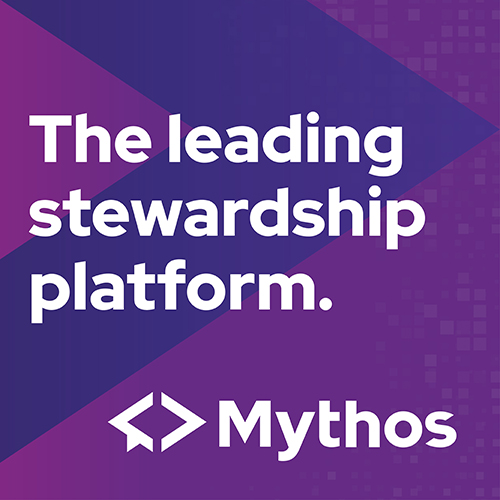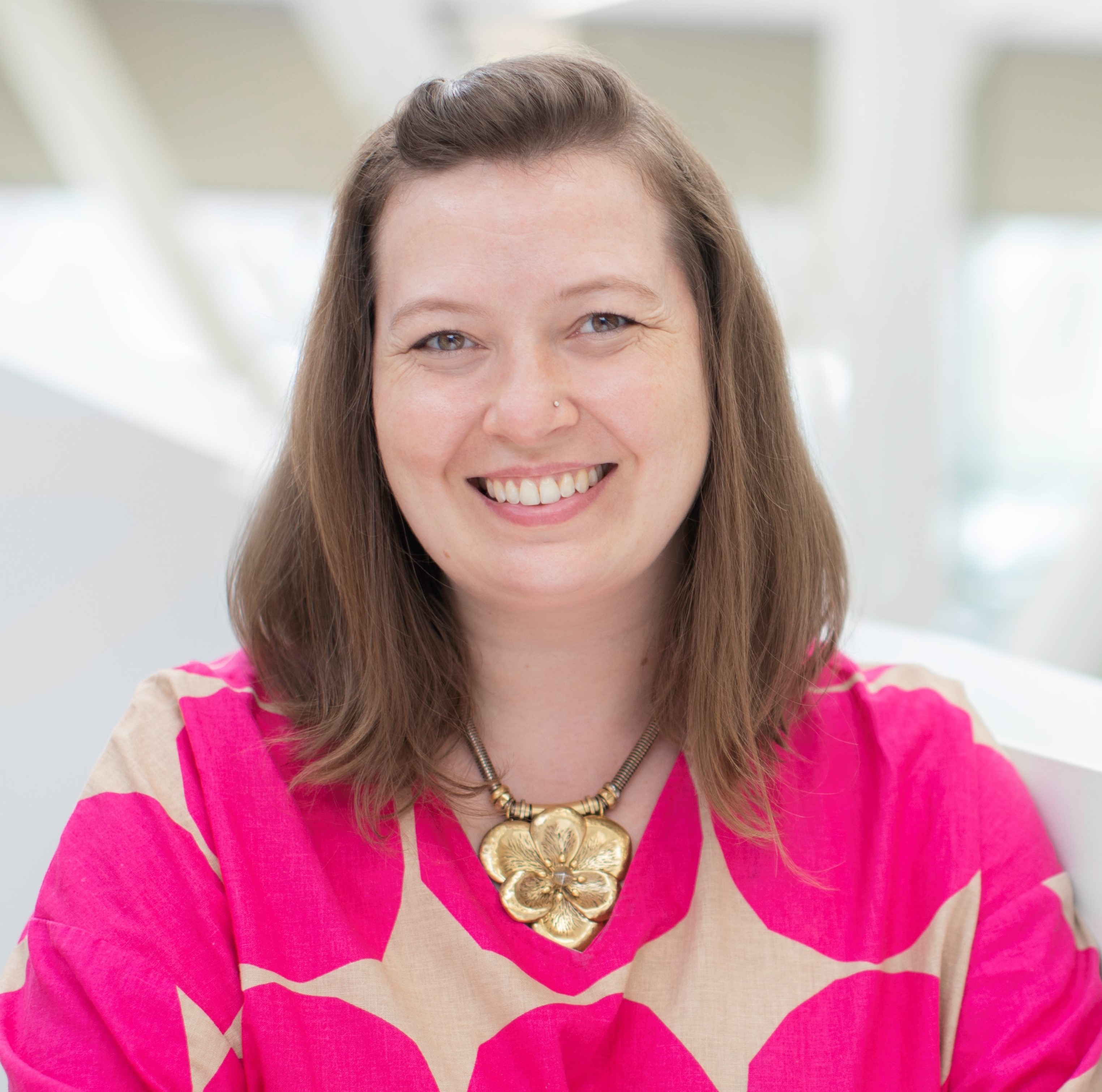 Marian Johnson
Marian JohnsonExecutive Director of Donor Experience, Western University
Background Info:
1. Can you tell us about your career trajectory? How did you come into donor relations as a career?
Careers don’t always follow a straight path. Mine began with a clear desire to work in fundraising, but it took a few moves and pivots to discover what I loved most.
I cycled through roles in major gifts, corporate and foundation relations, and planned giving, learning from generous colleagues and mentors. Then I was offered a role focused on stewardship. As I read the job description, something clicked. I realized that what I had loved most in every role was expressing gratitude, building real relationships and conveying the impact donors make possible. Donor relations would let me do that work with purpose, and with heart.
2. What influenced your interest in and passion for donor relations?
Ten years ago, I would’ve said it was the chance to thank people for a living. That’s still true, but the why runs deeper now. I appreciate the privilege of practicing kindness, creativity, imagination and gratitude in my day to day. A coaching experience last year helped me explore and name my core values: Quality relationships – building real connection rooted in trust and shared purpose; Growth – staying curious, stretching, and evolving; and Integrity – staying aligned with what matters most, even when it’s hard.
Working in a field that allows me to live those values every day is everything. We are builders – of programs, of people, and of culture. This work is truly a calling for me.
3. What lessons, words of advice/inspiration would you like to pass on to other donor relations professionals?
Careers aren’t ladders, they’re climbing walls. Early on, I measured success by how straight the rungs looked from role A to B to C. Eventually, I realized my résumé looked more like a climbing wall with side moves, pivots, a few scrapes, and moments spent hanging on, looking for the next hold.
If your path feels diagonal, or even upside-down at times, take heart. Ladders are tidy. Climbing walls build agility, resilience, and a broader view of what’s possible. Lead with curiosity and remember your why.
Let your values be your compass. Name them. Write them down. Let them guide your next move.
4. Can you talk about a specific donor engagement or stewardship activity that makes you feel like you are providing the best experience for donors?
A calling doesn’t always arrive with fanfare. Sometimes it reveals itself in a quiet sense of purpose: when a stewardship plan aligns donor intent with impact; when a campus partner feels seen and supported; when a colleague says, “I couldn’t have done this without you.” Sometimes it’s the quiet clarity of doing work that reflects who you are.
Connection to ADRP:
1. When did you become an ADRP member?
2012
2. Why is an ADRP membership important to you?
ADRP has been my professional home for over a decade. It’s where I’ve grown my knowledge, found mentorship, and built meaningful relationships. The sense of community is unmatched, and has helped shape not just how I work, but how I lead.
3. ADRP is universally recognized as the authority on donor engagement for the philanthropy profession. In your own words, how does ADRP serve you in the form of professional development?
Community. I can always turn to ADRP’s resources, programming, and community for insight and inspiration. The content is rooted in real-world application and delivered by peer professionals who truly understand our work. I’ve learned as much from conference sessions and webinars as I have from one-on-one conversations with members who generously share a template, talk through a scenario, or offer a perspective I hadn’t considered.
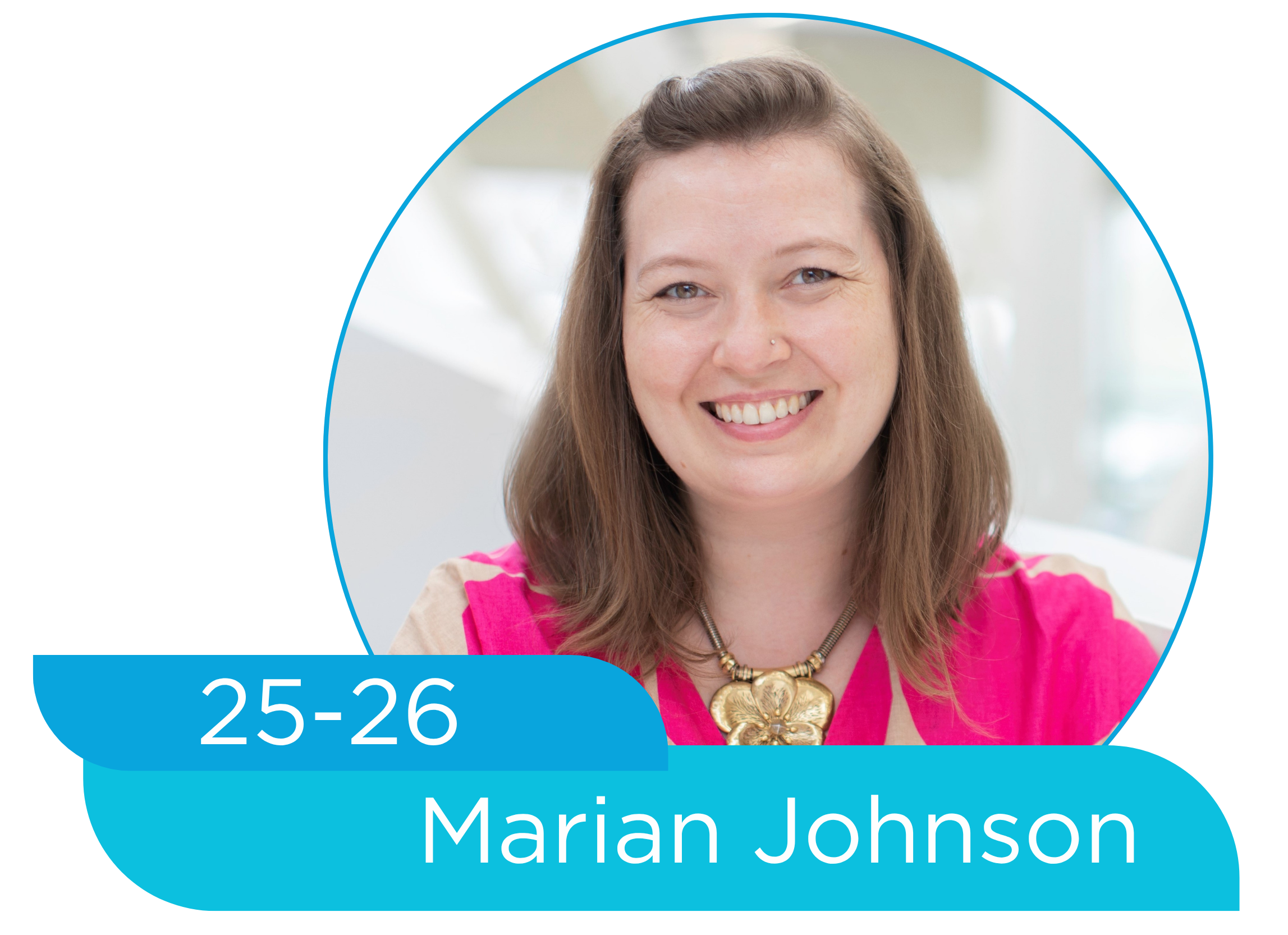 Marian Johnson
Marian Johnson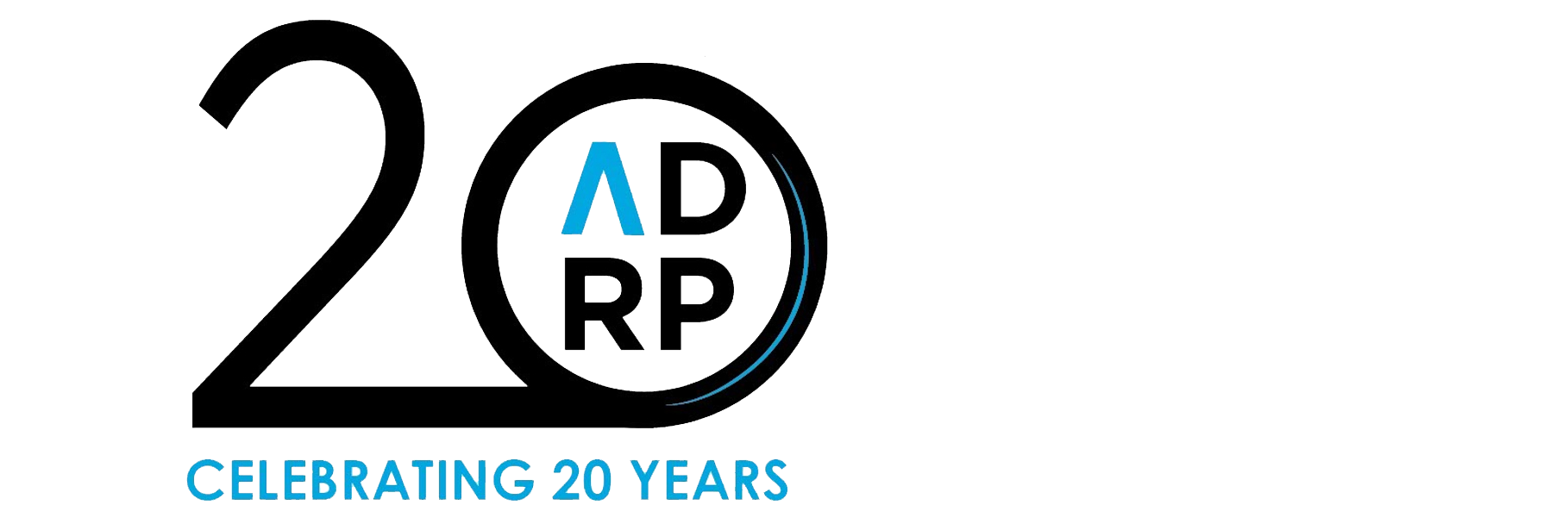
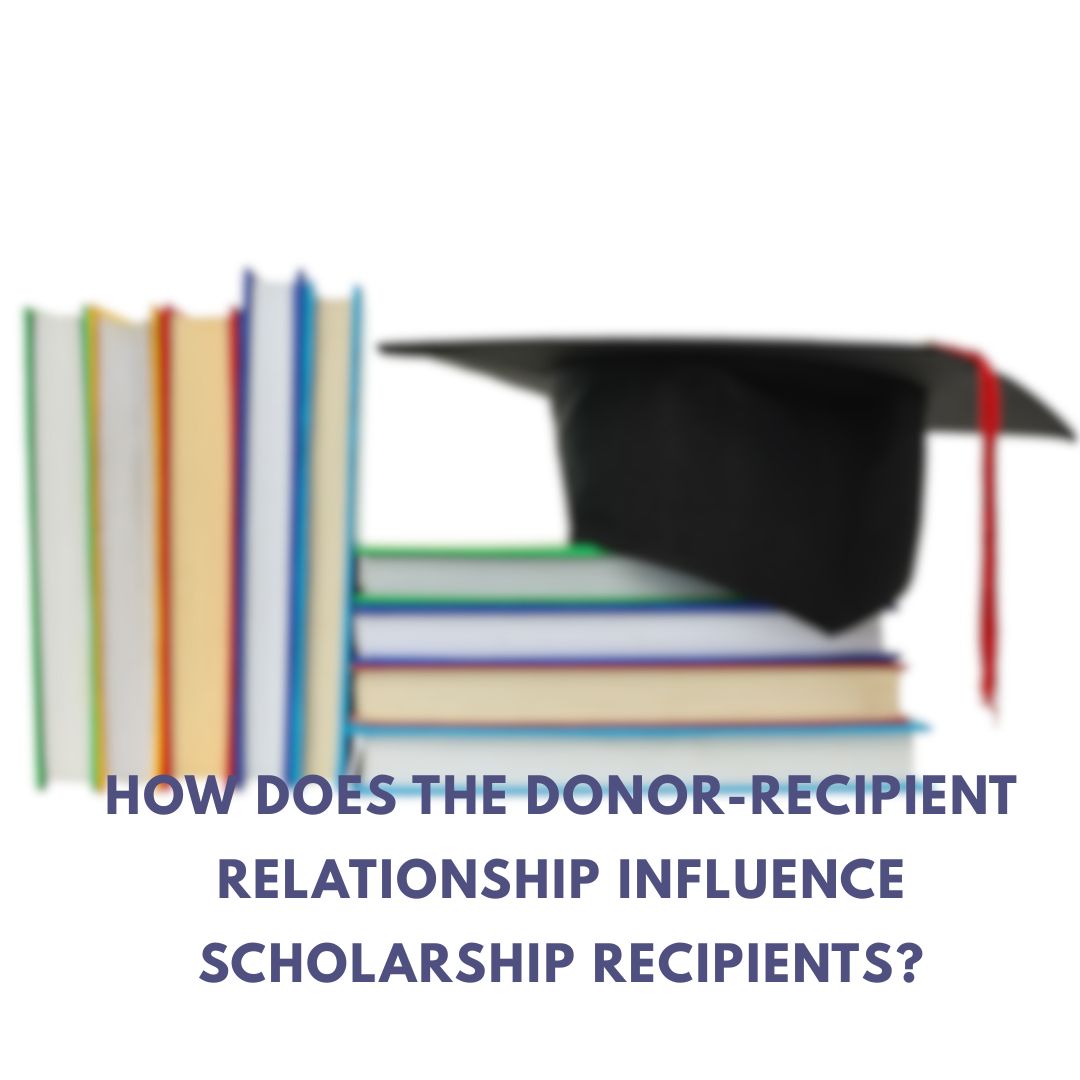
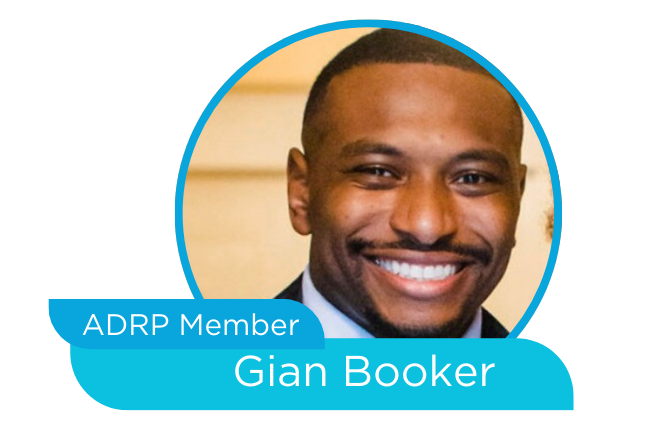
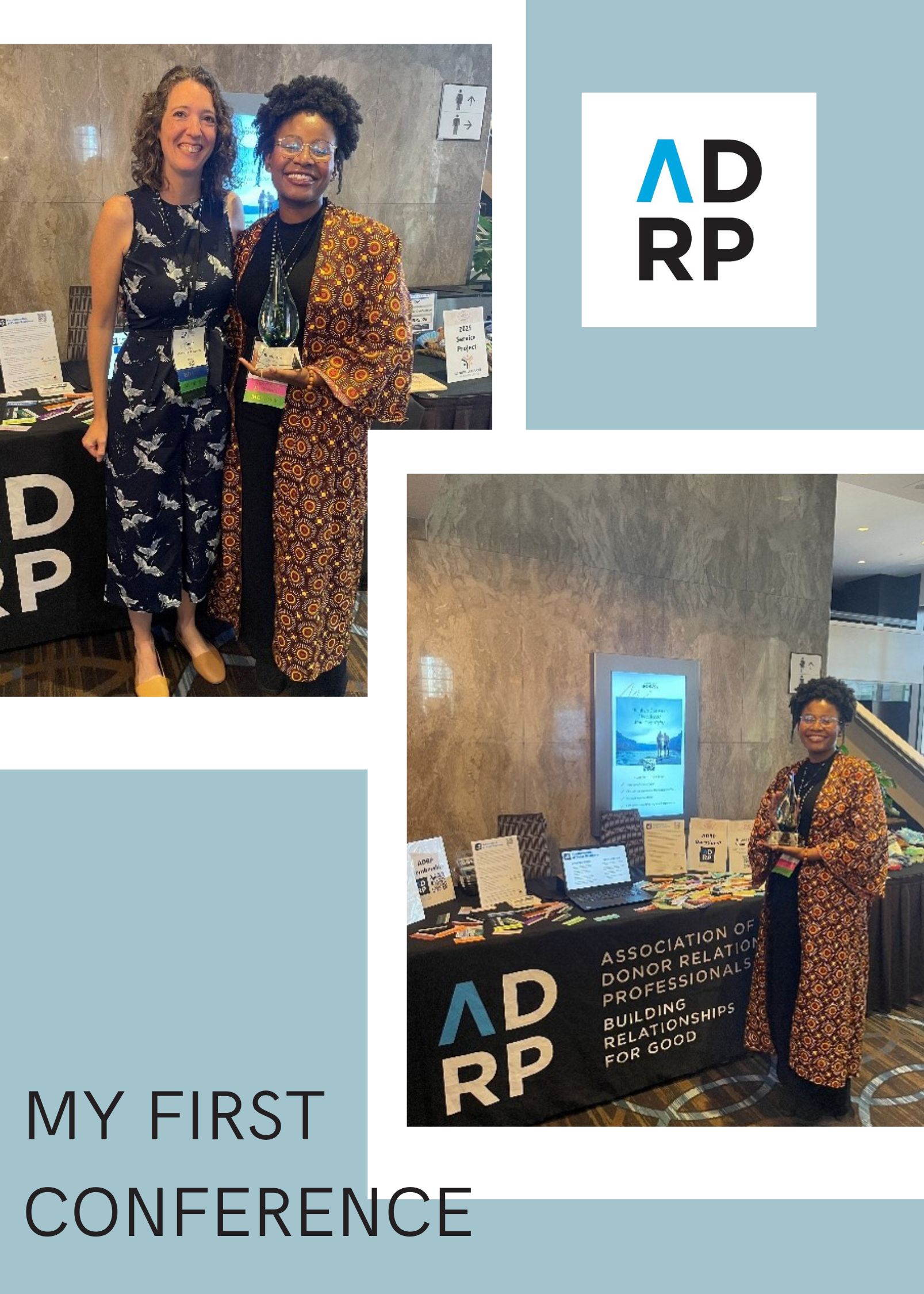
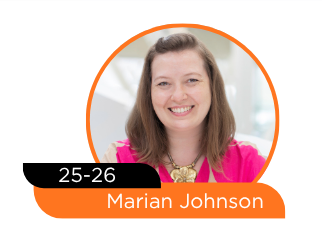
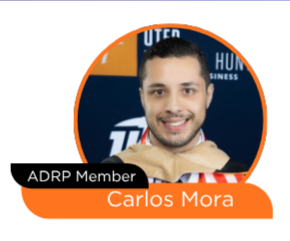 Carlos Mora
Carlos Mora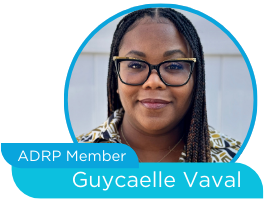 Guycaelle Vaval
Guycaelle Vaval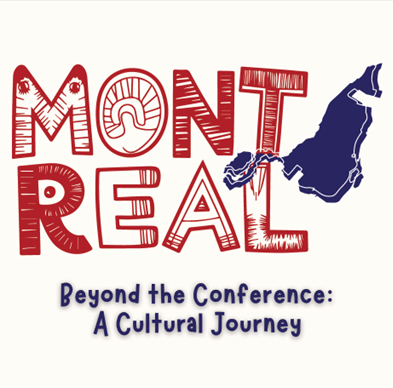
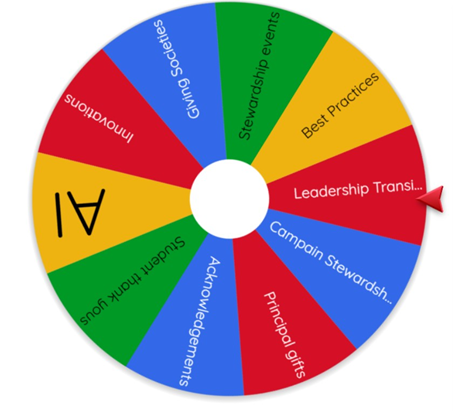 Nobody does experience planning like a donor relations professional. This year’s international conference is no exception. Get ready!
Nobody does experience planning like a donor relations professional. This year’s international conference is no exception. Get ready!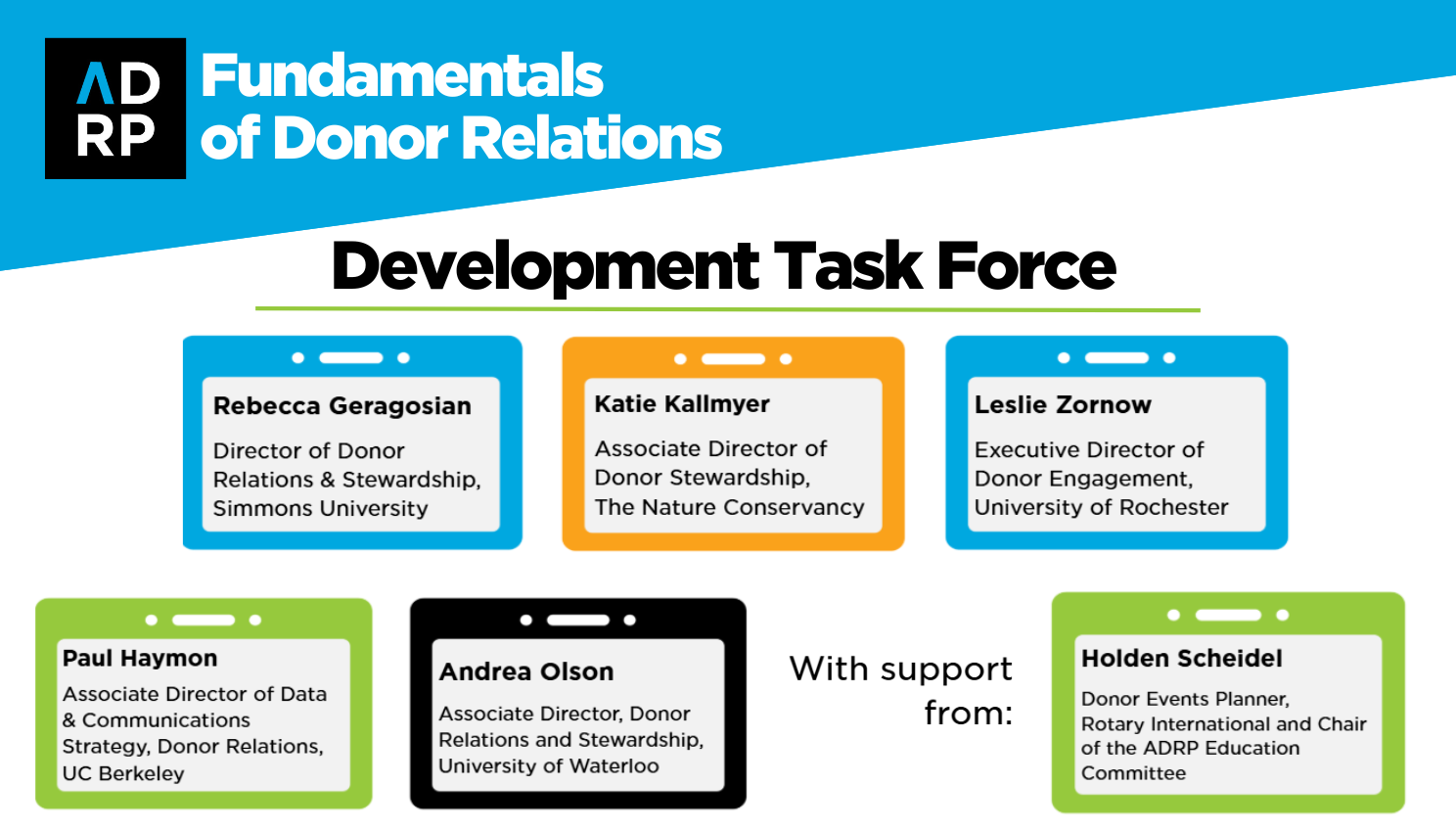
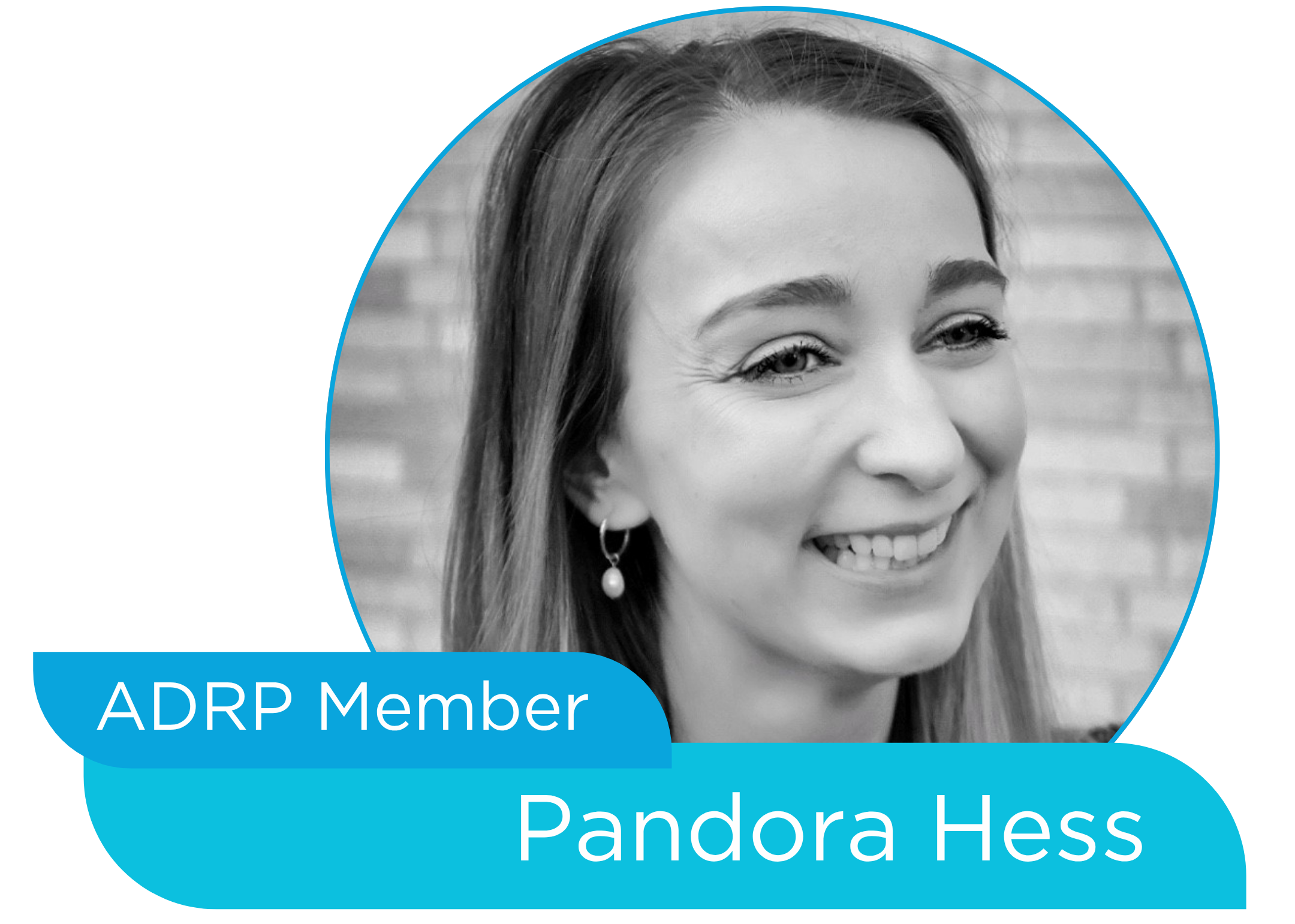 Pandora Hess
Pandora Hess Marian Johnson
Marian Johnson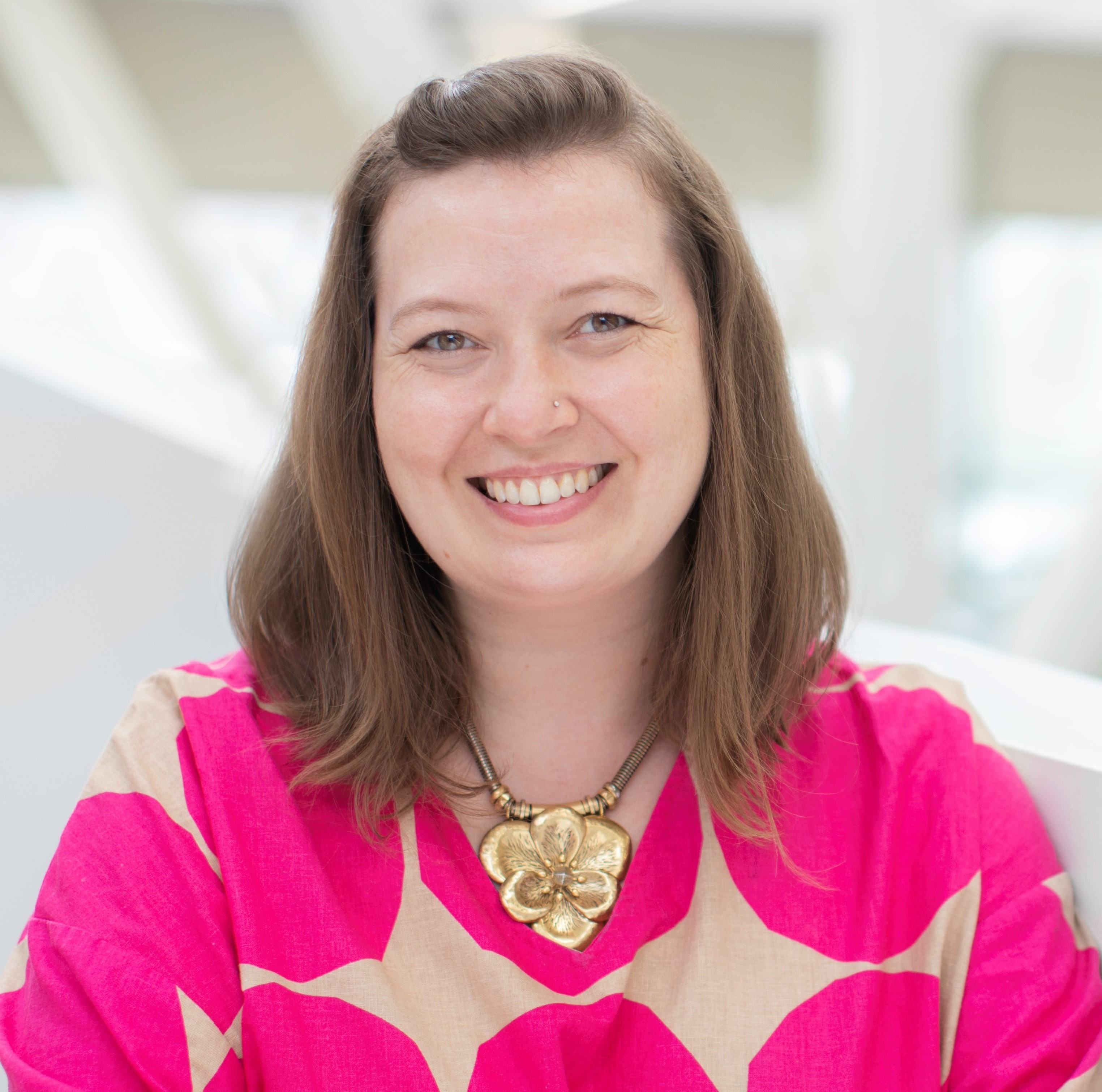 Marian Johnson
Marian Johnson
 “Closing the loop” with your donors ignites flywheel fundraising: Integrating gift acceptance, acknowledgment, fund deployment, and impact reporting into a continuous cycle that reignites donor engagement at each turn gives advancement teams a head start on the next gift.
“Closing the loop” with your donors ignites flywheel fundraising: Integrating gift acceptance, acknowledgment, fund deployment, and impact reporting into a continuous cycle that reignites donor engagement at each turn gives advancement teams a head start on the next gift. Administrative challenges and information silos impede our work: Advancement teams often manage thousands of funds, and information tends to be scattered across various systems. Breakdowns happen, and they have real consequences. Implementing controls and automating processes can help reduce errors, save valuable time, and equip campus-wide stakeholders with valuable information.
Administrative challenges and information silos impede our work: Advancement teams often manage thousands of funds, and information tends to be scattered across various systems. Breakdowns happen, and they have real consequences. Implementing controls and automating processes can help reduce errors, save valuable time, and equip campus-wide stakeholders with valuable information. Create Your “Fund Management Playbook”: When scaling a fund management program from the ground up, consider leveraging a task force or working group and start by creating your “playbook.” Outline everything. Establish fund management standards, monitor fund utilization, keep an annual work plan, schedule regular field and fund audits, and train everyone.
Create Your “Fund Management Playbook”: When scaling a fund management program from the ground up, consider leveraging a task force or working group and start by creating your “playbook.” Outline everything. Establish fund management standards, monitor fund utilization, keep an annual work plan, schedule regular field and fund audits, and train everyone.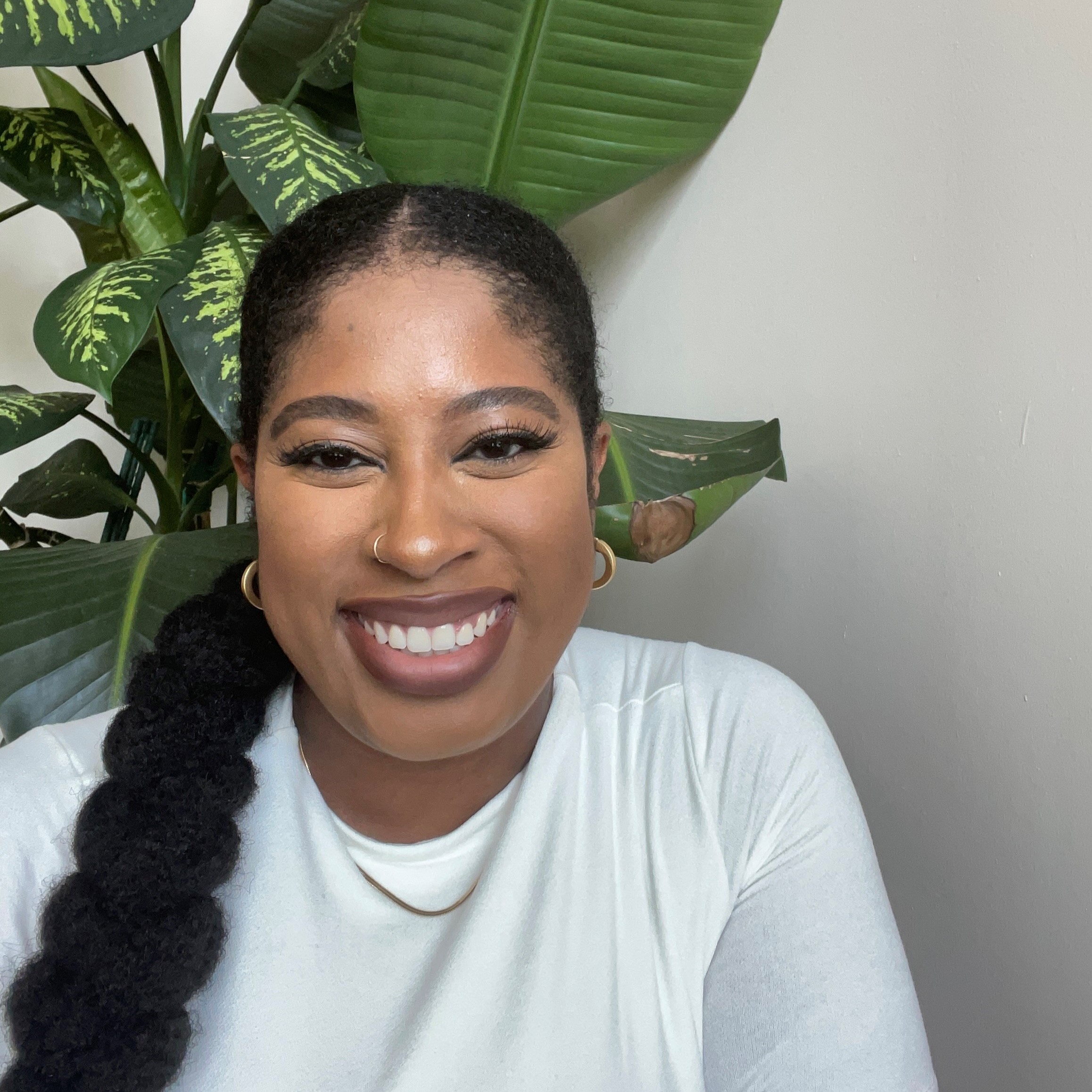 Bridgette Jordan
Bridgette Jordan